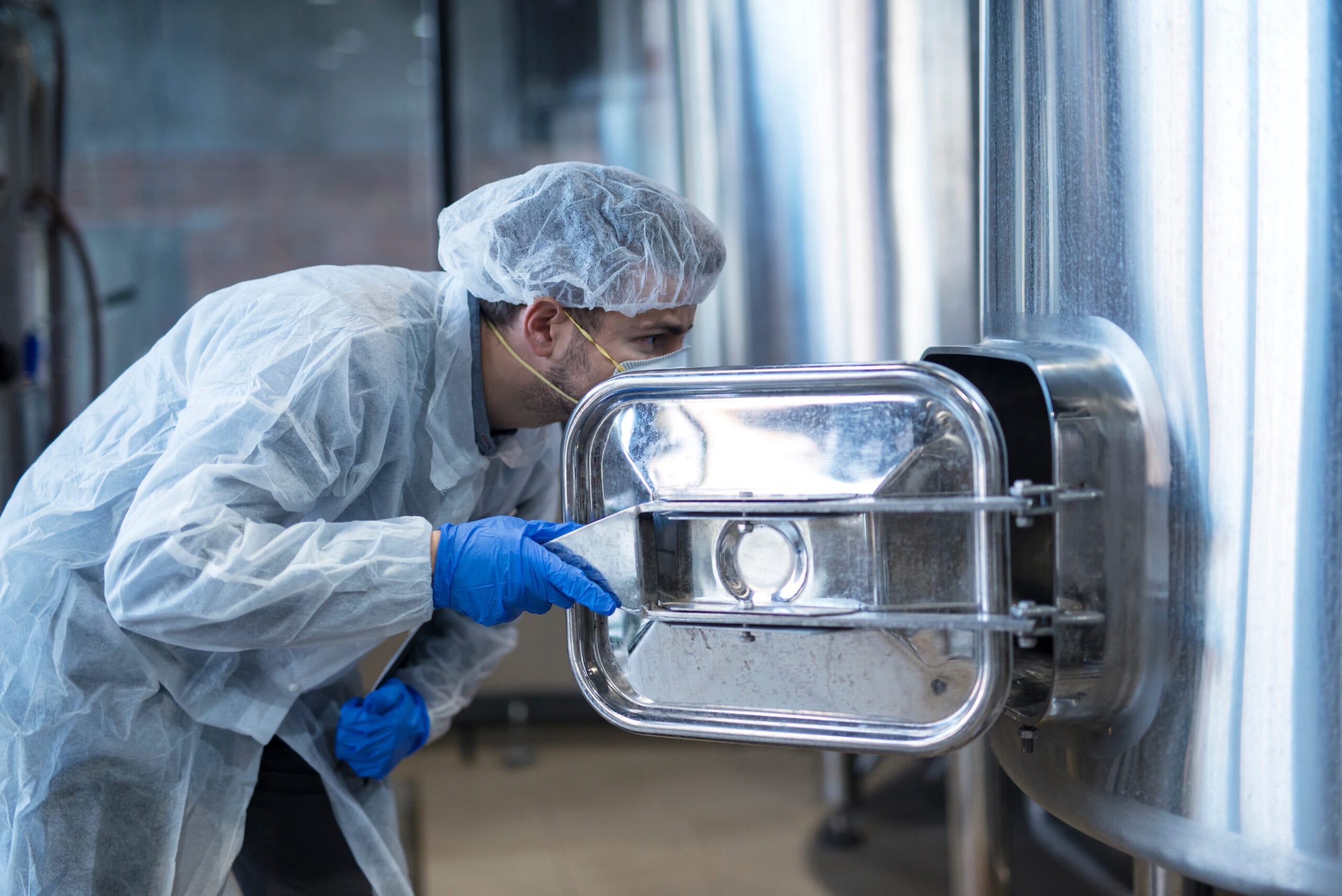|
Getting your Trinity Audio player ready... |
Pharmaceutical AHU and HVAC Components: Overview
Pharmaceutical AHU and HVAC: In the pharmaceutical industry, controlling environmental factors such as temperature, humidity, and airflow is essential to ensure a sterile, microorganism-free atmosphere. The quality of pharmaceutical products is closely linked to the hygiene and cleanliness within the production environment. Air-handling systems like Air Handling Units (AHUs) and HVAC (Heating, Ventilation, and Air Conditioning) systems are key to maintaining the necessary conditions for manufacturing, testing, and packaging.
Role of AHU and HVAC in Pharmaceutical Environments
These systems are vital for restricting the spread of airborne microorganisms by supplying and circulating fresh, conditioned air throughout production and laboratory areas. Proper control of air quality helps ensure that contamination does not compromise product integrity.
Key Components of Pharmaceutical AHU and HVAC Systems
Air Handling Units (AHUs) are sophisticated devices used for conditioning and circulating air. The basic structure of an AHU consists of several key components that contribute to its functionality. Here’s an overview of the essential parts and components of AHUs and HVAC systems in pharmaceutical settings:
1. Mixing Box
- Purpose: The mixing box allows fresh air and return air to be mixed before entering the AHU, ensuring optimal air quality and efficiency.
2. Prefilter
- Purpose: The prefilter traps larger particles, dust, and debris from the incoming air. This is important for preventing contamination in sensitive environments.
- Material: Typically made of materials like HDPE (High-Density Polyethylene), nylon, or polymeric fibers.
3. Cooling Coil
- Purpose: The cooling coil cools the air entering the AHU to meet temperature specifications. This is essential for maintaining the correct room temperature and controlling humidity.
4. Blower
- Purpose: The blower generates pressurized air to ensure airflow through the system. There are different types of blowers used:
- DIDW (Double Inlets Double Width): For high-efficiency air movement.
- SISW (Single Inlet Single Width): For simpler configurations.
5. Fine Filter (HEPA, ULPA)
- Purpose: The fine filters remove small particles and microorganisms, such as bacteria and fungi, from the air. These filters are critical for achieving high levels of air cleanliness.
- Types:
- HEPA (High-Efficiency Particulate Air): Filters particles as small as 0.3 microns.
- ULPA: Filters particles as small as 0.1 microns.
- Material: Glass fiber, PTFE (Polytetrafluoroethylene).
- Mini-Pleat HEPA: Provides a larger surface area for airflow, reducing pressure drop and increasing efficiency.
6. Plenum HEPA
- Purpose: An enclosed, positive pressure section that provides additional filtration of the air to prevent contamination in clean areas.
7. RH (Relative Humidity) Control
- Purpose: Controls the humidity levels in the air to maintain the required environmental conditions in pharmaceutical production rooms.
HVAC System Components
The HVAC system is an integrated system for heating, cooling, and ventilating air in pharmaceutical facilities. Key components include:
1. Ductwork
- Purpose: Ducts transport conditioned air to various parts of the building.
- Material: Typically made of GI (Galvanized Iron) or SS (Stainless Steel), with thickness depending on the airflow and air pressure requirements.
- Insulation: Ducts are insulated to prevent heat loss or gain, and minimize energy consumption.
- Insulation materials include EPS (Extruded Polystyrene) or Nitrile Rubber.
2. Volume Control Damper (VCD)
- Purpose: Used for regulating airflow and balancing pressure in the ductwork.
- Material: Made from GI or aluminum.
- Capacity: Measured in CFM (Cubic Feet per Minute).
3. Blowers and Fans
- Purpose: To circulate air efficiently. Backward and Forward Angle Fans are used depending on the required static pressure and airflow rate.
- Blade Types:
- BDA: Backward angle for high static pressure.
- FDA: Forward angle for low static pressure.
4. Cooling Coil
- Purpose: To cool the air to the desired temperature, using chilled water or DX coils (Direct Expansion).
- Cooling System Configuration: Cooling coils are positioned either before or after heating coils in the AHU, depending on the system design.
5. Heating Coil
- Purpose: Used to increase the air temperature when needed, typically to control the dew point and maintain optimal humidity levels.
- Types:
- Electric Heating Coils
- Steam Coils
6. Return Air Risers
- Purpose: These are small boxes that collect air from the room and direct it back to the HVAC system for filtration and conditioning.
- MOC: Aluminum, Stainless Steel, or GI.
7. Diffusers and Grills
- Purpose: Distribute conditioned air into the room.
- Types:
- Diffusers: Square-shaped units with or without volume control.
- Grills: Rectangular-shaped, often with air guides or volume control features.
- MOC: GI, MS, SS.
Auxiliary Components for HVAC Systems
- Gaskets and RTV: Rubber gaskets and Room Temperature Vulcanized (RTV) sealant are used to ensure airtight seals between ducts and equipment, preventing air leakage.
- Monitoring Equipment:
- Thermometer: To monitor the temperature of the air.
- Hygrometer: To monitor the relative humidity (RH) in the environment.
- Pressure Gauge: To monitor air pressure in the system and check filter pressure drop (often using a Magnehelic gauge).
- Inclined Manometer: Used to measure differential pressure in certain applications.
Materials of Construction (MOC) for Pharmaceutical AHU and HVAC
The construction materials for the AHU and HVAC system must be durable, resistant to corrosion, and easy to clean. Common materials include:
- GI (Galvanized Iron)
- MS (Mild Steel)
- SS (Stainless Steel)
- Aluminum for framing and internal support structures.
Conclusion
In the pharmaceutical industry, AHUs and HVAC systems are indispensable for ensuring a controlled, contaminant-free environment, which is crucial for the production of high-quality pharmaceutical products. These systems help regulate air quality by filtering contaminants, controlling temperature and humidity, and ensuring proper airflow. By using a combination of filters, cooling and heating coils, blowers, and other essential components, pharmaceutical facilities can maintain the strict environmental conditions needed to meet industry standards and safeguard product integrity.
